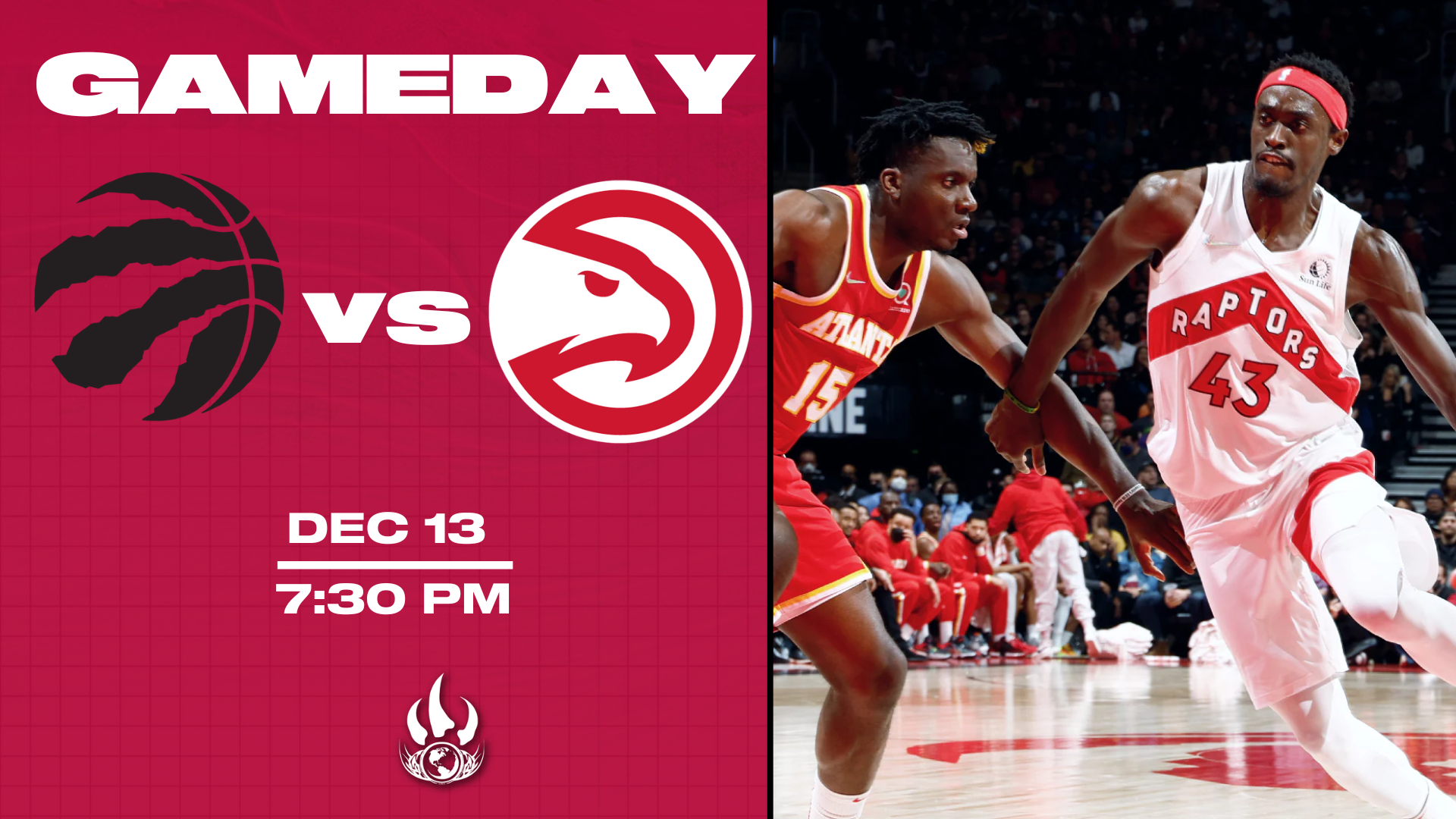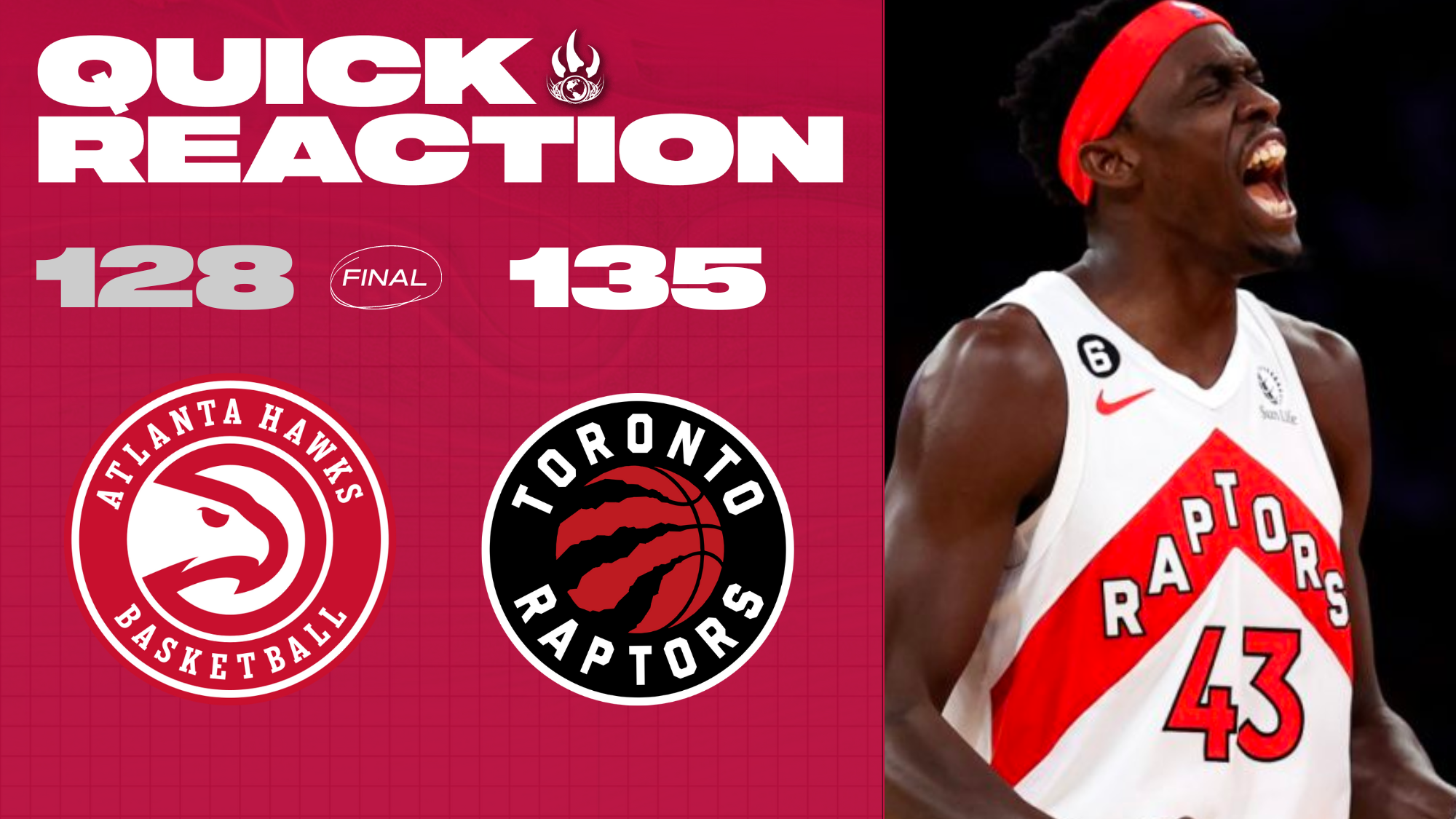The Toronto Raptors are at a crossroads. Sound familiar? The team’s direction is unclear. Probably heard that one ad nauseam.
A squad that seemingly has the talent and supposed defensive prowess to remain modestly competitive has done anything but that. At 9-14, the team is in the midst of a four-game losing streak where they’ve lost what little sense of identity they previously had.
The offense can’t put together anything consistent, the defense has allowed 121.5 points per game during their skid, and outside of Barnes, there doesn’t seem to be a reliable pool of prospects to look forward to.
Well, what can the front office do?
There’s always the possibility they choose neither (they seem to like that choice) and hope the team simply starts winning and turns things around on their own. It’s happened before, if that’s any consolation.
It’s not likely that fans would believe that’s going to happen though with this current version of the Raptors, considering there’s no identifiable trait for them to hang their hat on.
Sometimes when looking for answers it helps to revisit the past. We study history so we’re not doomed to repeat mistakes. However, sometimes repeating the past isn’t so bad. History can also be used as a demonstration of what’s previously worked.
So, less than a week removed from the 10th anniversary of arguably the franchise’s biggest direction-altering move, let’s take a trip down memory lane.
On Dec. 9, 2013, team president Masai Ujiri decided to break up a core of Kyle Lowry, DeMar DeRozan, and Rudy Gay 51 games into their joint tenure. (Talk about needing little time to evaluate.) After the team traded for Gay the season prior, the 2013-14 season was supposed to be when things clicked.
On paper, the trio had all the makings of a success. Two athletic wings who had a knack for scoring and a do-it-all guard seemed like a viable recipe to take a step in the right direction.
Instead, Toronto crawled out the gates as they started the season 6-12 and lost five games in a row.
Not entirely identical to the team’s current situation, but it’s hard not to draw parallels. A team led by two players of the same archetype who seemingly could work together, but couldn’t seem to do it consistently. With supposedly enough talent to be respectable yet unable to do so.
Familiar enough…right?
After spending time managing the Denver Nuggets, Ujiri re-joined the Raptors franchise in May of 2013 and inherited said roster with Gay. With things not working and no real indication they would start to work, he saw it as a moment to make his mark on the team in his first year at the helm.
Ujiri flipped Gay, Quincy Acy, and Aaron Gray to the Sacramento Kings for a package of Greivis Vasquez, John Salmons, Patrick Patterson, and Chuck Hayes.
Ironically, at the time, it seemed like the deal signalled a rebuild and that the front office was waving the white flag on the season. Ready to lose however many games it took to have a shot at drafting the top prospect, and Canadian, Andrew Wiggins.
Instead what happened was the duo of Lowry and DeRozan were revitalized while surrounded by veteran contributors and depth pieces. It was a bit of addition by subtraction but also addition by…well, addition.
The bromance blossomed, Toronto won 48 regular season games for the first time and made the playoffs after a six-year gap.
Wait, the team made a drastic seven-player deal that seemingly signalled a tank job but somehow kick-started their run to consistent playoff contention. How exactly does that seem like a reliable formula for the current Raptors to try and emulate?
The point isn’t to make the exact move to find all the answers in one fell swoop. It’s to change what clearly isn’t working (with no indication it’ll start working) in order to evaluate something new. The front office clearly loves evaluating. So why not evaluate something that isn’t already pretty much settled?
There are obviously risks associated with any type of shakeup. But does that mean it’ll only be negative, even if things go differently than anticipated? Not at all. The Gay trade is evidence of that.
It’s not clear whether the current Raptors should make a trade or if they should just rejig their lineup. What is clear is that they need to change SOMETHING.
With that being the case, go looking for an answer. Yes, sometimes the answer won’t be what you expected, and it may even end poorly, but if you don’t go looking, you’ll never know. It’s hard to see doing nothing ending any way but poorly, so it’s not like the opportunity cost is all that high.
This fanbase has, for the most part, been patient and trusting of the front office. Largely due to moves like the Gay trade. If there’s one thing Ujiri made clear in the early days with Toronto it’s that he doesn’t want a team “stuck in no man’s land.“
Current-day Masai, revisit history, and listen to your past self. No man’s land is exactly where this team currently is.
Aside from wanting things to change, there’s also a conversation about what those changes should even look like.
The obvious choice is to consider trading one of Pascal Siakam or OG Anunoby. Both are unrestricted free agents this offseason, have value in an otherwise shallow trade deadline market, and have seen interest from a number of teams that could return young assets.
The Raptors are about to be on a two-game home stand against the Atlanta Hawks who’ve reportedly wanted Siakam all throughout the offseason and then some. It would be a great time for both front offices to sit down and explore potential deals.
Another option is some drastic changes to their lineups rather than their roster. Dennis Schröder and Jakob Poeltl are clearly high-impact players, but in terms of who you’d consider moving to the bench, they have to be the first names to consider.
Moving one of them (or both if you want to get bold) would potentially alleviate spacing issues, make ball-handling duties in the starting lineup clearer, and probably help an otherwise pedestrian bench unit. (who you insert in their place is also something to think about).
Sifting through all the possible solutions for this Raptors team would take all day, but these are at least two immediate options to consider. One major takeaway is that feasible solutions don’t have to be dramatic. Start small, see if it works, and if not, keep rejigging bigger and bigger.
None of this is to say the situation is easily fixed. Granted, most of the complications surrounding the current Raptors are due to their own decision-making, but the point stands, it’s a tough spot. That’s understandable.
What’s not understandable is trying to evaluate a roster that’s shown it can’t work as presently constructed and has an expiration date rapidly approaching.



